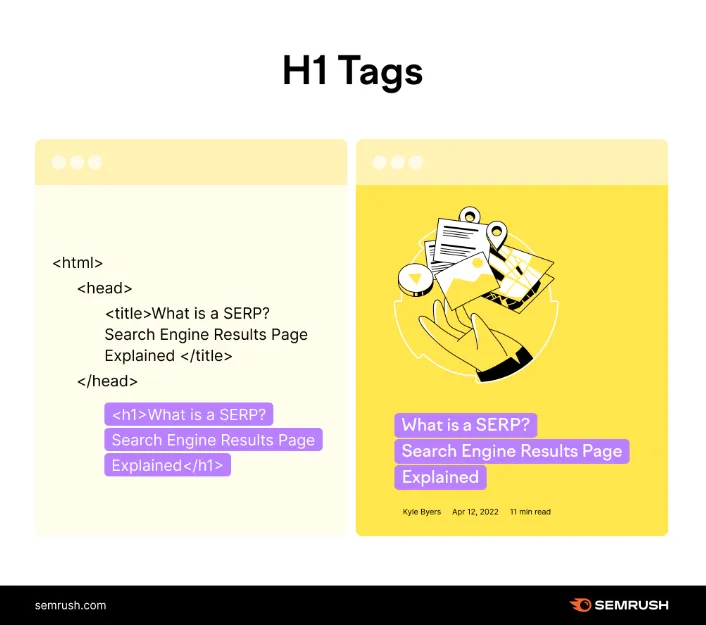In today's digital world, content marketing has become a fundamental pillar for businesses looking to stand out on social media and the web in general. Whether you're a blogger, an entrepreneur, or an established brand, content marketing is a strategy that can make a difference in your online presence. In this article, we will delve into detail on how to publish effective content on all social media platforms, how to use H1 to H3 tags to improve structure, how to manage keyword density, and how to optimize images within your text.
From my SEO perspective, I share some tips on article publishing on social media or blogs.
Importance of Content Marketing on Social Media
Content marketing has become an essential tool for building an engaged audience and increasing visibility on social media. It provides your followers with valuable, educational, or entertaining content that aligns with your brand's goals and values.
Strategic Social Media Publishing
- Content Planning: Before publishing, plan carefully. Create an editorial calendar that includes topics, publication dates, and specific platforms. This will help you maintain consistency and provide varied content.

Foto de Melanie Deziel en Unsplash
Optimal Timings: Research when your audience is most active on each platform and schedule your posts at those times to maximize reach.
Varied Formats: Adapt your content for each social media platform. You can share images on Instagram, videos on YouTube, and more professional content on LinkedIn, for example.
H1 to H3 Tags: Content Structure
H1 to H3 tags are essential elements for improving readability and content organization.
H1: Main Title: Use an H1 tag for your main title and ensure it contains your primary keyword. Example: "Effective Content Marketing Strategies on Social Media."
H2: Relevant Subtitles: Use H2 tags to divide your content into important sections. Example: "Content Planning on Social Media."
H3: Subsections: Use H3 tags to further divide your main sections into subsections. Example: "Optimal Posting Times on Social Media."

Keyword Density Management: Crucial Balance
Keyword density refers to how often your keyword appears in your content. You should aim for a balance to avoid keyword stuffing.
Keyword Research: Research and select relevant keywords for your content. Example: "content marketing strategies on social media."
Appropriate Density: Target a keyword density of 1-2%. This means your keyword should naturally appear a few times in your article.

Foto de Jo Szczepanska en Unsplash
Image Optimization
Images are vital for capturing your audience's attention and improving content comprehension.
Relevance: Ensure that images are relevant to your content. If you're discussing content marketing, an image related to social media is appropriate.
ALT Attributes: Include ALT attributes in your images with relevant descriptions that incorporate your keyword. Example: "Image of content marketing strategies on social media."
Now, let's take a look at an example article that incorporates all these elements:
Example Article: Effective Content Marketing Strategies on Social Media
Introduction
In the competitive digital world, content marketing has become an indispensable resource for standing out on social media. Here, we will explore effective strategies for creating engaging content and how to optimize it for the best results.
Strategic Social Media Publishing
Before sharing your content, plan carefully. Create an editorial calendar that includes topics and publication dates on the appropriate platforms. Ensure your posts align with your audience's interests.
H1 to H3 Tags: Content Structure
H1: Maximizing the Impact of Content Marketing on Social Media
H2: Content Planning on Social Media
- H3: Researching Relevant Keywords
H2: Optimal Posting Times on Social Media
Managing Keyword Density
Before writing, research relevant keywords like "content marketing strategies on social media." Ensure this keyword appears naturally in your article, without overusing it. A keyword density of 1-2% is ideal.
Image Optimization
Images are crucial for visual appeal. Use images related to content marketing and make sure they have ALT attributes that include your keyword.
Conclusion
Content marketing on social media is a powerful strategy when executed correctly. Follow these guidelines to publish valuable, structured, and optimized content, and you'll see your online presence strengthen, and your audience grow.
Remember that content marketing is a discipline in constant evolution, so be willing to learn and adapt to maintain your edge in the ever-changing digital world.